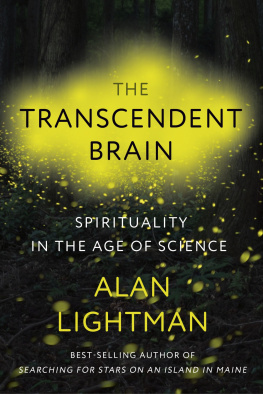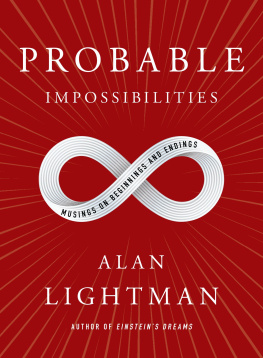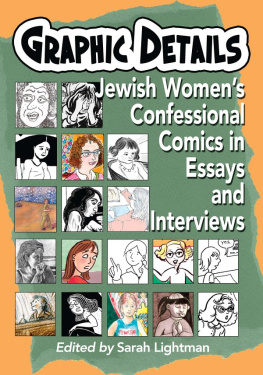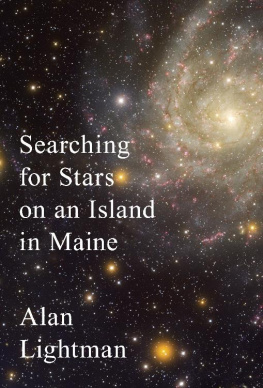Alan P. Lightman - Dance for two : selected essays
Here you can read online Alan P. Lightman - Dance for two : selected essays full text of the book (entire story) in english for free. Download pdf and epub, get meaning, cover and reviews about this ebook. year: 1996, publisher: Pantheon Books, genre: Non-fiction. Description of the work, (preface) as well as reviews are available. Best literature library LitArk.com created for fans of good reading and offers a wide selection of genres:
Romance novel
Science fiction
Adventure
Detective
Science
History
Home and family
Prose
Art
Politics
Computer
Non-fiction
Religion
Business
Children
Humor
Choose a favorite category and find really read worthwhile books. Enjoy immersion in the world of imagination, feel the emotions of the characters or learn something new for yourself, make an fascinating discovery.

- Book:Dance for two : selected essays
- Author:
- Publisher:Pantheon Books
- Genre:
- Year:1996
- Rating:3 / 5
- Favourites:Add to favourites
- Your mark:
- 60
- 1
- 2
- 3
- 4
- 5
Dance for two : selected essays: summary, description and annotation
We offer to read an annotation, description, summary or preface (depends on what the author of the book "Dance for two : selected essays" wrote himself). If you haven't found the necessary information about the book — write in the comments, we will try to find it.
Dance for two : selected essays — read online for free the complete book (whole text) full work
Below is the text of the book, divided by pages. System saving the place of the last page read, allows you to conveniently read the book "Dance for two : selected essays" online for free, without having to search again every time where you left off. Put a bookmark, and you can go to the page where you finished reading at any time.
Font size:
Interval:
Bookmark:
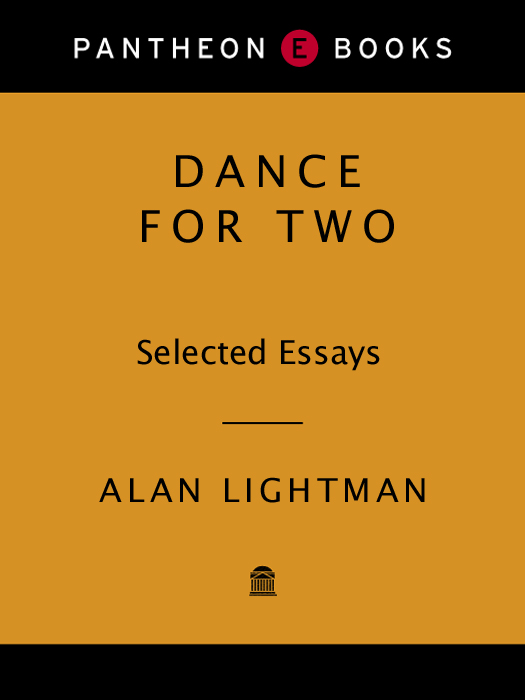
Also by A LAN L IGHTMAN
Einsteins Dreams
Good Benito
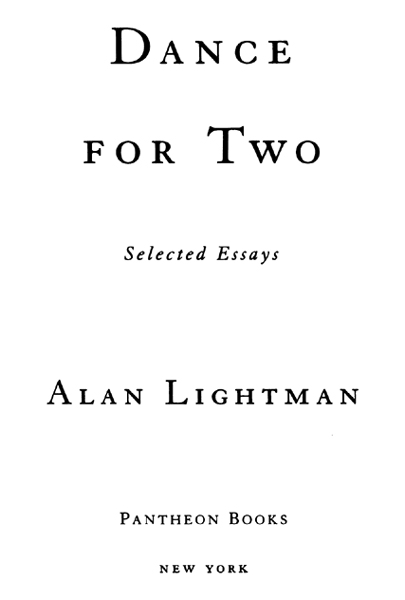
Copyright 1996 by Alan Lightman
All rights reserved under International and Pan-American Copyright Conventions. Published in the United States by Pantheon Books, a division of Random House, Inc., New York, and simultaneously in Canada by Random House of Canada Limited, Toronto.
Progress was originally published in Inc. Magazine.
Seasons was originally published in Technology Review.
All other essays were originally published in the following books: Time Travel and Papa Joes Pipe, copyright 1984 by Alan P. Lightman (New York: Charles Scribners Sons) and A Modern Day Yankee in a Connecticut Court, copyright 1984, 1985, 1986 by Alan Lightman (New York: Viking Penguin Inc.).
Library of Congress Cataloging-in-Publication Data
Lightman, Alan P., 1948
Dance for two; essays / Alan Lightman.
p. cm.
eISBN: 978-0-307-78962-4
1. SciencePopular works. I. Title.
Q162.L53 1996
500dc 20 95-48876
v3.1

To Jean, Elyse, and Kara
T HE TWENTY-FOUR ESSAYS in this collection were chosen from the last fifteen years; all have had a previous life in magazines and in other collections. These are the pieces that have made me happiest in the rereading and seem the most likely to keep doing so. Over time, I have come to understand there are three pleasures in writing. The first is the exquisite joy of writing itself, when one is completely alone; the second, more social, comes in moving readers with what one has written; the third pleasure, years later and finally solitary again, is rereading that fraction of ones writing worth keeping and being surprised and grateful all over again. For the most part, writing is a selfish and self-centered profession. And the essay, as E. B. White has remarked, is probably the most egoistic of all forms. Here, the writer openly displays personal thoughts and adventures, as if his every sneeze and little observation will be of general interest.
The idea for my first essay came to me while I sat in a comfortable wingback chair, smoking my great-grandfathers pipe and inhaling the ancient aromas long dormant within it. As described in Time Travel and Papa Joes Pipe, the pipe created a kind of intimacy with my ancestor, deceased before I was born, and set my mind puzzling about time travel. More importantly, it revived my relationship with my father. He was a pipe smoker himself and a taciturn man. For years, I had never known what my father was thinking, whether he was pleased or unhappy. But beginning in my college years, he had now and then presented me with one of his pipes and a brief story to go with it. Once he had given me a light-brown Kaywoodie from his World War II days and described how he used to smoke it while pacing on his ship before an invasion. My great-grandfathers old briar, with its strange engraved markings, had rested in his drawer for years before he gave it to me, without comment. Then, a few days later, he sent me a wonderful photograph of himself as a little boy with Papa Joe, just the two of them, holding hands in front of a white clapboard house. My father wore knickers and Papa Joe a hat and mustache, just as Id pictured him from the aromas in his pipe. I wrote my essay and mailed it to my father. Then, miraculously, we began truly talking to each other. And I, well on the way to becoming as quiet as my father, discovered that through writing I could open up myself and touch people I cared about.
That initial essay (as well as a second) was published in Smithsonian magazine. Then I began a long-running monthly column for the excellent but now defunct Science 80; then I wrote for other magazines when Science 80 went out of business in the mid-1980s. Encounters with magazines sober a beginning writer, who is often so enamored of his scribblings that hes committed every word to memory. In magazines, sentences and whole paragraphs are often slashed by an editor to make way for the next story or even a cartoon embedded in the page for distraction. Despite this abuse, the writer continues to write, the habit being so insatiable and compulsive.
From the beginning, I found myself writing of science, my first passion and profession, sometimes of the hard facts of science but more often of the human texture and whimsy, the lived part of science. Science, for me, was the most rigorous and extreme expression of order in the physical world. Yet the desire for that order, and often the means to declare it, were human, oddly nestled against the emotion and wild flight of the human world. Where those two worlds met seemed a subject for literature. And I was partly propelled by something Id learned from watching my colleagues: Scientists often make their greatest discoveries just at those moments when they follow their intuition instead of equations. In other words, when they behave the least scientifically. That secret, known to historians but rarely to scientists, became the hidden thread running through my essays.
While writing, I became fascinated by the creative tension between science and art, reason and instinct. Suspecting a great deal of instinct in science and reason in art, I asked science friends if they ruminated in pictures or equations, to what extent did they use aesthetic criteria in their work, if they believed in metaphors. I asked artist friends how ideas came to them, how paintings were balanced, why a particular splash of color was placed where it was. I came back to Einsteins provocative comment that there is no logical path to the laws of nature, that the laws can be reached only by intuition and the free inventions of the mind. Could a scientist invent the world like an artist? Wasnt there still a world outside of our minds? People had landed on the moon and returned. Which world was true?
One day, during the midst of my questions, I took my two-year-old daughter to the ocean for the first time. It was a mild, slightly hazy day in June. We parked our car a half mile from the water and walked toward the coast. A speckled pink crab shell lay on the sand and caught her attention. A hundred yards farther, we heard the rolling of the waves, in rhythmical sequence, and I could tell that my daughter was curious about what made the sound. Holding her up with one arm, I pointed to the sea. My daughters eyes followed along my arm, across the beach, and then out to the vast blue-green ocean. For a moment she hesitated. I wasnt sure whether she would be puzzled or frightened by that first sight of infinity. Then she broke out into a radiant smile. There was nothing I needed to say to her, nothing I needed to explain.
The essay is well suited to my own unsettled identity as a scientist and writer. It is a generous form of writing, able to accommodate the philosopher, the teacher, the polemicist, the raconteur, the poet. All one requires is an initial idea, the willingness to become personal about the subject (often ones self), and the discipline to shut up before the composition becomes a book. The subject of science poses special challenges to the essayist, for most people want to read about people, or at least things tied to people. Much of science, of course, is inanimate and far removed from daily life. In this regard, an essay about medicine or psychology may be intrinsically more engaging than one about chemistry or physics. People must be put into writing on science the same way M.F.K. Fisher puts them into her writing about food: What is the ideal number of people to invite to a dinner party, and why? What about the funny mustache of the waiter who served Ms. Fisher in that little restaurant in Dordogne. By the time she gets to the food, which invites on its own, our appetite has been whetted.
Font size:
Interval:
Bookmark:
Similar books «Dance for two : selected essays»
Look at similar books to Dance for two : selected essays. We have selected literature similar in name and meaning in the hope of providing readers with more options to find new, interesting, not yet read works.
Discussion, reviews of the book Dance for two : selected essays and just readers' own opinions. Leave your comments, write what you think about the work, its meaning or the main characters. Specify what exactly you liked and what you didn't like, and why you think so.

